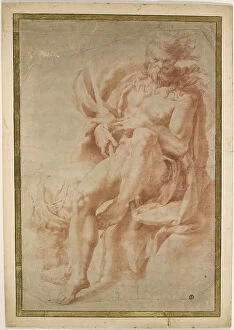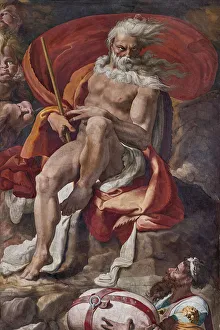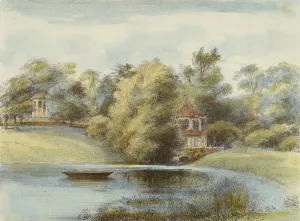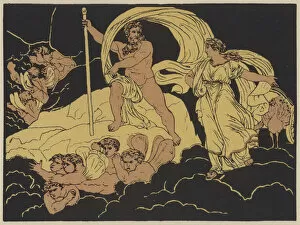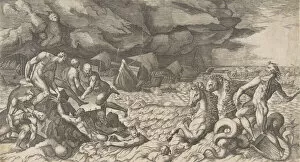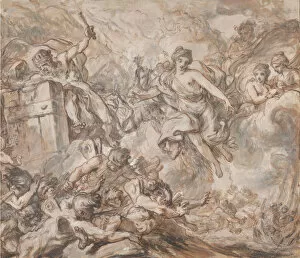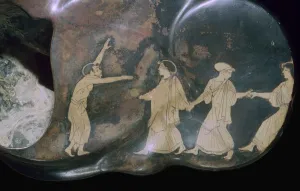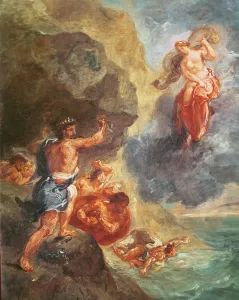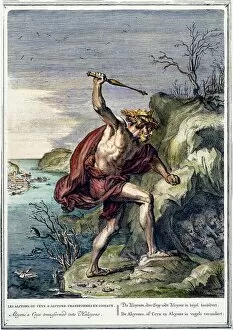Aeolus Collection
"Aeolus: The Ancient Roman God of the Winds" Aeolus, a prominent figure in Roman mythology, was known as the god of the winds
All Professionally Made to Order for Quick Shipping
"Aeolus: The Ancient Roman God of the Winds" Aeolus, a prominent figure in Roman mythology, was known as the god of the winds. Depicted in various forms of art throughout history, it has captivated artists and storytellers alike. In Virgil's epic poem "The Aeneid, " written between 29 and 19 BC, Aeolus plays a crucial role. In a stunning miniature from the 15th century, we see Aeolus seated on his throne within the Cavern of Aeolus. On either side of him are wind gods blowing gusts with great force. Another depiction shows Aeolus giving Ulysses a bag containing all the winds. This detail is taken from an exquisite fresco called "Room of Polyphemus" created between 1550-1551. It showcases Aeolus' power over nature and his ability to control even the strongest forces. Moving forward to 1756-57, we find another remarkable fresco titled "Diana and Aeolus. " This piece adorns the ceiling of Palazzina's entrance hall while depicting Diana alongside our wind god himself. It highlights their connection to natural elements and their influence on human affairs. Throughout centuries, countless artists have attempted to capture this deity's essence through their work. An engraving from an unknown creator during the late 1600s or early 1700s portrays Aeolus surrounded by swirling winds—a testament to his divine authority over atmospheric phenomena. Not limited to artistic representations alone, there are also mentions of ships named after this powerful god—such as Burlington's majestic vessel named "The Aeolus. " Beyond mythology and artistry lies historical significance as well. Juno sought assistance from none other than mighty Aeolos in her endeavors—an intriguing alliance depicted in one artwork.


